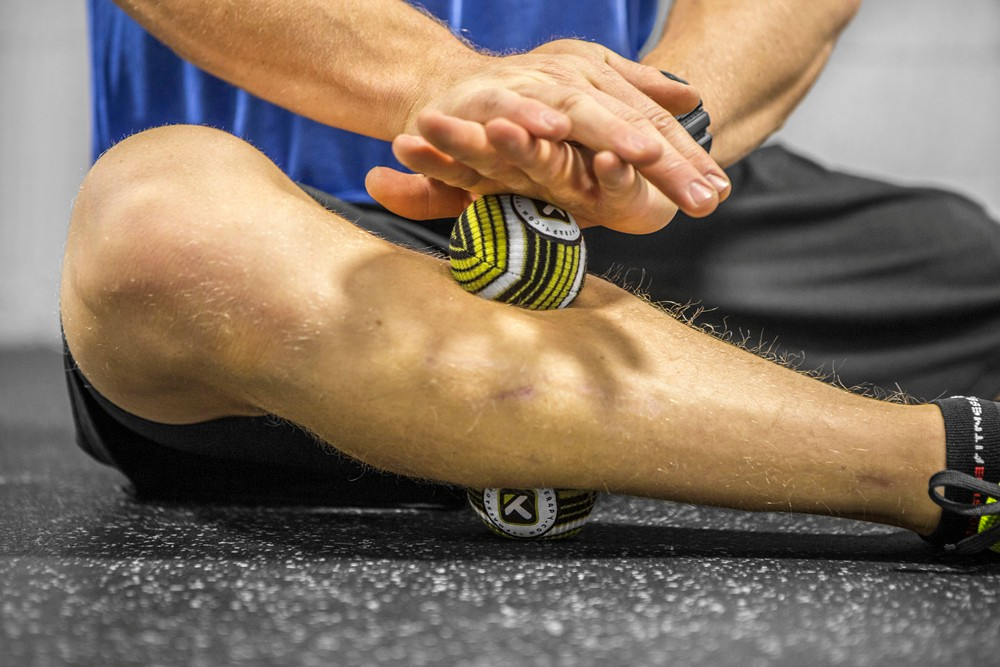
The importance of Self-Myofascial/trigger point release
November 18, 2015This festive season… Eat Mindful not Mindless
December 17, 2015
Why do you have a brain? To think… to feel? According to neuroscientist Daniel Wolpert in his Ted talk, the brain evolved, not to think or feel, but to control movement. A surprising premise, but very interesting none the less, and with huge implications if you have any interest in health, fitness and having a good brain.
You move all the time, usually without thinking about it. Which is great! It frees up your attention to do and experience all the other interesting things in life. However for best results in your fitness journey and general physical wellbeing you need to spend some time focusing on your movement.
Where to start?
Start at the beginning. Breathing. Most people don’t realize they have a problem with breathing until they focus on it and realize how shallow they breath and how much they use their chest to breath. I get a lot of confused looks when I tell my clients to keep their chest still and belly breath, often with the comment that “don’t I use my lungs to breath?” You do use your lungs to exchange air in and out of the body, but your diaphragm is your breathing muscle. As you inhale the diaphragm drops down your torso giving the appearance of a belly breathe.
Belly breathing is important because it can reduce pain associated with poor movement habits in the lower body by improving deep core abdominal and pelvic floor muscle function, it gives your upper body breathing muscles a break from over working, which is often the starts of upper body pain and dysfunction and it helps relax your nervous system, which can help you sleep, relax during a massage and increase your feeling of positive general wellbeing.
How to belly breath?
- Lie on your back with your knees flexed to a comfortable position and your feet on the floor.
- Breathe in deeply through your nose and focus on pushing the air down into your belly. This will cause your belly to expand as you breath in.
- Breathe out with a little force through your mouth like you are going to whistle, but don’t actually whistle. This will cause your belly to flatten.
- Place one hand on your upper chest and the other on your belly button. Focus on keeping your chest hand still and move the other hand with your belly.
 Start slow with 10 breaths and don’t be surprised if you struggle with the first few breaths. If you start to get light headed or dizzy stop and return to your usual breathing until it subsides, then try again.
Start slow with 10 breaths and don’t be surprised if you struggle with the first few breaths. If you start to get light headed or dizzy stop and return to your usual breathing until it subsides, then try again.
You breath on average 22,000 breaths a day, so set yourself a target of 50 breaths a day of breathing practice to start to improve your breathing mechanics. This is best done in a single set, but if you struggle with time, multiple sets during the day is better then not practicing.
When to belly breath?
You should be belly breathing all the time except when you are under stress. This could be positive physical stress like exercise or negative mental stress like traffic jams. When you are experiencing stress you should be belly and chest breathing air in and out to help deal with the stress. Another way to improve your breathing is to set a reminder. I get my clients to take 2 belly breaths every time they receive a Whatsapp message. This plus the breathing practice will help make belly breathing your default breathing habit with all the benefits of improved posture, reduction in pain, better sleep, more effective higher order , complex movements like Olympic lifting and gymnastics, which will improve your brain, because that is what your brain is for!
Ben

